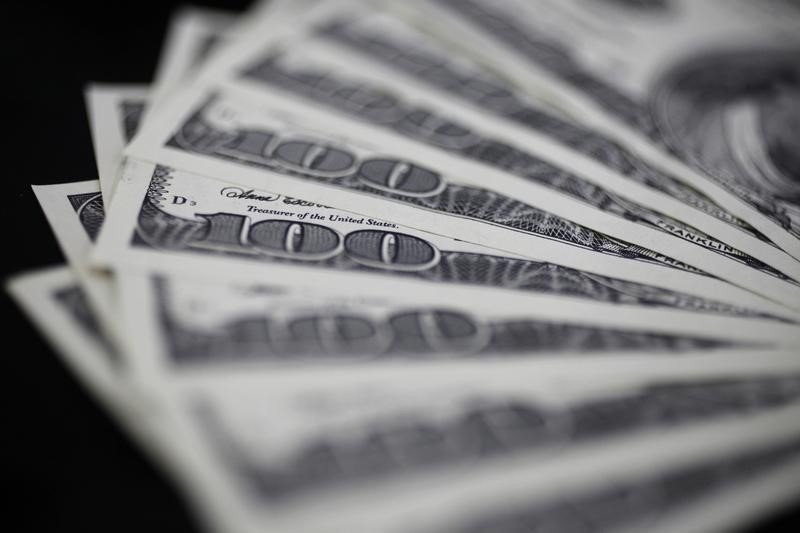* Dollar given a helping hand by upbeat jobs data
* Draghi says ECB ready to ease further if needed
* This week's batch of Chinese data in focus (Updates details, adds quotes)
By Ian Chua and Shinichi Saoshiro
SYDNEY/TOKYO, Dec 7 (Reuters) - The dollar steadied on Monday, having recovered a bit of ground late last week after upbeat payrolls data bolstered the case for an imminent hike in U.S. interest rates.
But the greenback's reaction was modest with a Fed hike at the Dec. 15-16 meeting already considered highly likely. urn:newsml:reuters.com:*:nL1N13T1S9
The dollar index against a basket of major currencies last stood at 98.444 .DXY , having bounced 0.75 percent on Friday, partly after nonfarm payrolls rose by a slightly higher-than-expected 211,000 last month. Figures for September and October were revised to show 35,000 more jobs than previously reported.
Investors' focus has shifted to the pace of the tightening cycle following the initial move and how that could impact assets such as bonds and equities.
Koji Fukaya, president at FPG Securities in Tokyo, said the dollar will need steadier demand from institutional investors, in addition to bids from speculators, if it were to make further headway once the Fed's tightening got under way.
"Higher Treasury yields and gains by U.S. stocks would be an ideal combination to attract dollar support from intuitional investors. But if stock markets react negatively to a rate hike, the dollar could end up relying on higher long-term Treasury yields alone," Fukaya said.
U.S. stocks took heightened prospects of a rate hike in stride and rallied on Friday as the employment data suggested the U.S. economy was strong enough to sustain tighter monetary policy.
Treasury yields initially rose on Friday on the non-farm jobs report but reversed course and ended the day lower as lower oil prices fed concerns of weakening inflation. US/
Ray Attrill, global co-head of FX strategy at National Australia Bank, pointed out the sluggish pace of the dollar's post-U.S. job data gains.
"The U.S. dollar was stronger across the board though the dollar index failed to recoup more than about a quarter of Thursday's heavy, euro-led losses," he noted.
Indeed, the dollar index still ended last week down 1.66 percent, having slumped a massive 2.37 percent on Thursday in the face of a surge in the euro.
The euro edged down 0.2 percent at $1.0859 EUR= . It was still within distance of Thursday's peak of $1.0981, having jumped there from a near eight-month trough of $1.0523.
Investors were forced to unwind bearish euro positions after the European Central Bank (ECB) stopped well short of delivering the aggressive easing that the market was expecting.
ECB President Mario Draghi said on Friday he was confident the measures, which included a small deposit rate cut and an extension of its asset purchase programme, would bring inflation back to the ECB's target. He was quick to add that the bank was ready to ease policy further if needed.
Yet comments by other ECB rate setters suggested there was not enough support on the governing council for bolder action.
All in all, the vicious short-covering rally in the euro last week was a blow to euro bears and could discourage them from re-establishing short positions anytime soon.
Against the yen, both the dollar and euro were steady. The greenback fetched 123.275 JPY= , while the euro bought 133.85 EURJPY=R . The euro had rallied nearly 3 percent on the yen last week.
The markets' focus will switch this week to a batch of Chinese data which are expected to show continued sluggishness in the economy. Any sharp disappointments could cool global investors' appetite for riskier assets.
Trade figures are due on Tuesday, followed by inflation on Wednesday and industrial output and retail sales on Saturday. (Editing by Kim Coghill)
